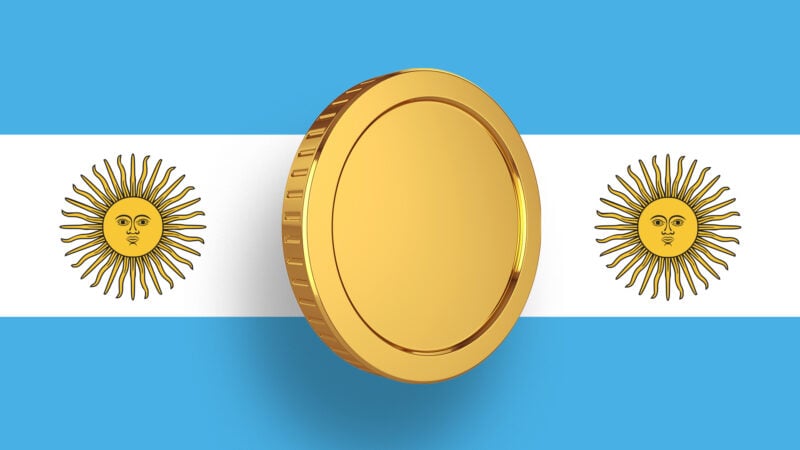
Reserve Rights (RSR)
What tools does Nimbus offer for effortlessly monitoring Reserve Rights?
Nimbus provides a user-friendly tracking solution equipped with intuitive tools to monitor Reserve Rights effortlessly. These tools are specifically designed for user convenience, allowing individuals to stay seamlessly updated on the latest trends, prices, and information related to Reserve Rights. Users can also explore the world of cryptocurrency effortlessly while simultaneously tracking Reserve Rights prices. The platform also offers insights into profit and loss, providing a comprehensive experience without the complexity typically associated with monitoring cryptocurrencies.
How does Nimbus enable tracking Reserve Rights prices with profit and loss?
Nimbus facilitates the tracking of Reserve Rights prices with profit and loss through seamless integration with your crypto wallet for portfolio monitoring. By connecting with your crypto wallet, Nimbus provides a clear and comprehensive overview of various metrics, including profits, losses, revenue, expenses, return on investment (ROI), and other essential financial indicators. This integration ensures that users can analyze their cryptocurrency portfolio with precision, gaining valuable insights into their financial performance. With Nimbus, users can navigate the cryptocurrency landscape with a perfect blend of simplicity and sophistication, enhancing their ability to make informed investment decisions.
How does Nimbus analyze Reserve Rights, and what insights does it provide?
Certainly! Nimbus possesses a robust analysis tool that is adept at evaluating and interpreting Reserve Rights . The tool employs diverse strategies, including delving into metadata details, tracking marketplace data, and calculating performance metrics such as Return on Investment (ROI). Through these methodologies, Nimbus provides users with valuable insights into the composition and performance of their Reserve Rights. Users can gain a comprehensive understanding of their investment. The analysis tool ensures that users are equipped with the necessary information to navigate the cryptocurrency landscape with confidence and intelligence.
Trending News
Claynosaurz Announces Details for Popkins NFT Collection Drop
Claynosaurz has revealed further information about its upcoming Popkins NFT collection. This new collection will be released on the…
NFT Plazas
May 20, 2025


Claynosaurz Announces Details for Popkins NFT Collection Drop
Claynosaurz has revealed further information about its upcoming Popkins NFT collection. This new collection will be released on the…
NFT Plazas
May 20, 2025
AEON Collaborates with KuCoin to Transform Real-World Web3 Payments
AEON and KuCoin Pay collaborate to power real-world Web3 payments by enabling seamless crypto transactions across global retail and onchain merchants.
BlockchainReporter
May 20, 2025


AEON Collaborates with KuCoin to Transform Real-World Web3 Payments
AEON and KuCoin Pay collaborate to power real-world Web3 payments by enabling seamless crypto transactions across global retail and onchain merchants.
BlockchainReporter
May 20, 2025
Binance Challenges FTX’s $1.76B Clawback Suit, Citing Insolvency Disputes and Jurisdiction
Highlights: Binance seeks dismissal of FTX’s $1.76B clawback suit, citing jurisdiction and legal flaws. FTX operated for 16 months after the buyback, undermining insolvency claims. Zhao’s post about FTT liquidation was founded on publicly available information. Binance has requested the […]
Crypto2Community
May 20, 2025


Binance Challenges FTX’s $1.76B Clawback Suit, Citing Insolvency Disputes and Jurisdiction
Highlights: Binance seeks dismissal of FTX’s $1.76B clawback suit, citing jurisdiction and legal flaws. FTX operated for 16 months after the buyback, undermining insolvency claims. Zhao’s post about FTT liquidation was founded on publicly available information. Binance has requested the […]
Crypto2Community
May 20, 2025
Argentina president disbands unit probing LIBRA memecoin scandal days after judge orders bank records unsealed
Days after Argentine judge asks to see president's bank accounts the investigative unit has been disbanded.
The Block
May 20, 2025


Argentina president disbands unit probing LIBRA memecoin scandal days after judge orders bank records unsealed
Days after Argentine judge asks to see president's bank accounts the investigative unit has been disbanded.
The Block
May 20, 2025
3 Cheap Tokens Gaining Momentum Fast – Still Trading Under $0.01
The $72 billion meme coin sector appears poised for a potentially historic breakout — and several ultra cheap tokens trading under one cent will likely be at the forefront of this surge.In times of bullish crypto momentum, top performing meme coins don’t just ride the wave — they ignite. Below are three budget-friendly meme tokens […]
Cryptonews.com
May 20, 2025


3 Cheap Tokens Gaining Momentum Fast – Still Trading Under $0.01
The $72 billion meme coin sector appears poised for a potentially historic breakout — and several ultra cheap tokens trading under one cent will likely be at the forefront of this surge.In times of bullish crypto momentum, top performing meme coins don’t just ride the wave — they ignite. Below are three budget-friendly meme tokens […]
Cryptonews.com
May 20, 2025
RSR Market Statistics
Price USD
$0.007936Market Cap
$418,593,752.34Total Volume USD
$51,763,941.69Total Supply
100,000,000,000.00 RSRCirculating Supply
52,743,442,836.00 RSRFully Diluted Market Cap
$793,641,313.19Socials
Official links
Join us to Maximize your Returns & Minimize your Risk
Gain access to all exclusive data, insight that can make your investment more joy